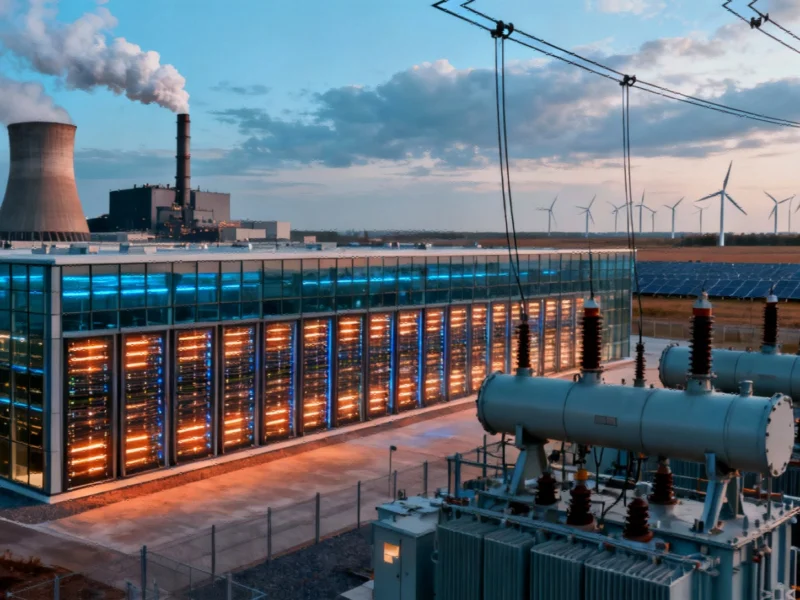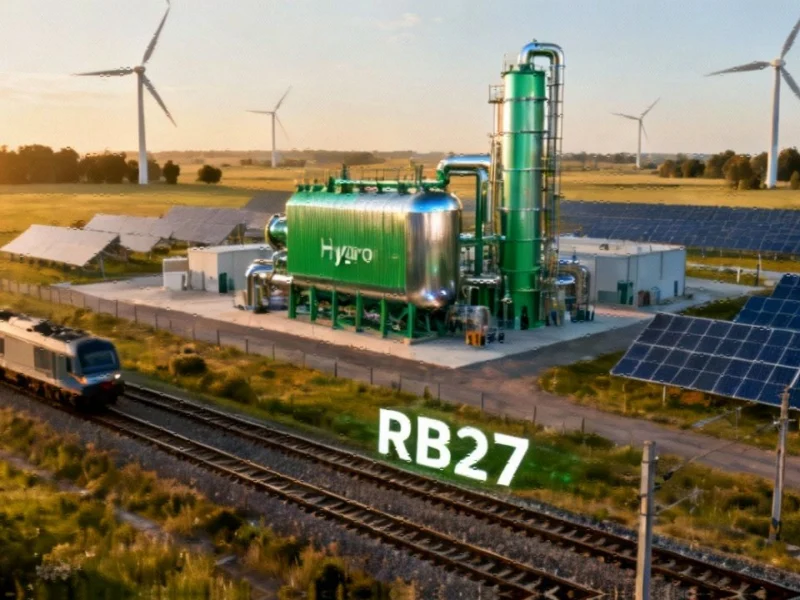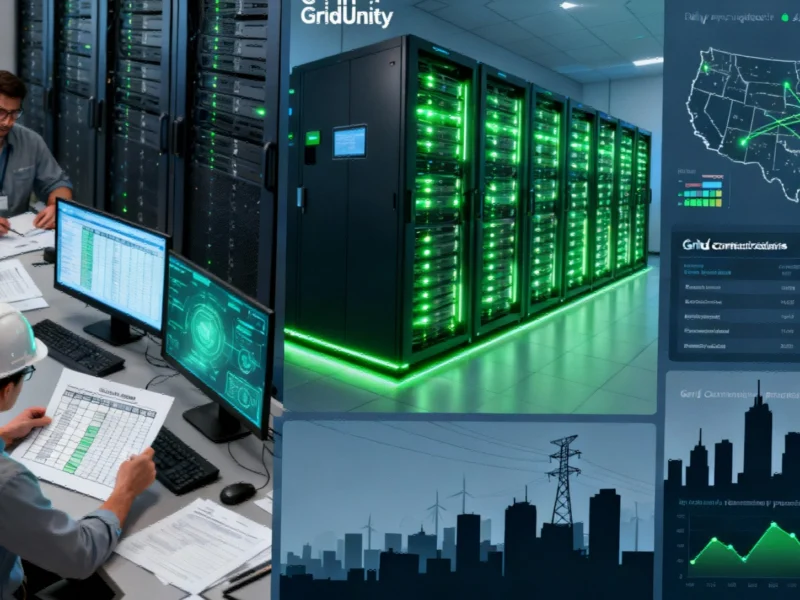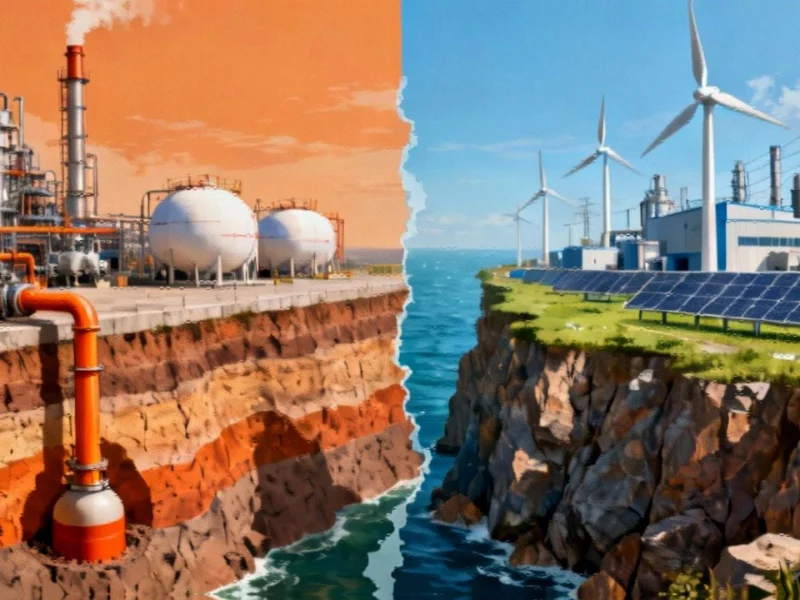TITLE: America’s AI Infrastructure Surge: Power Grids, Water Resources and Household Budgets Under Pressure
The explosive growth of artificial intelligence is triggering an unprecedented construction boom of data centers across the United States, creating complex challenges for the nation’s energy infrastructure, water resources, and household budgets. As tech giants including Microsoft, Google, and Amazon pour hundreds of billions into new facilities, the environmental and economic consequences are becoming increasingly apparent. This massive AI data center expansion represents one of the most significant infrastructure shifts in recent American history, with implications that extend far beyond the technology sector.
Unprecedented Energy Demands Reshape Power Landscape
The scale of electricity required to power these new data centers is staggering. Utilities project that by 2030, data centers could consume more than 14% of the nation’s total power demand – triple current levels. This surge represents enough electricity to power six major cities, according to industry estimates. A recent McKinsey report acknowledged the unprecedented nature of this demand spike, noting that meeting it will require “considerably more electricity than is currently produced in the United States.” The situation has become so pressing that even major pharmaceutical companies are watching energy availability closely, as reliable power becomes crucial across multiple industries.
Political Divisions Over Power Generation Sources
The question of where this new power will come from has sparked intense political debate. The Trump administration has championed fossil fuels as the solution, with the former president dismissing wind and solar energy as “garbage.” Recent forecasts show coal generation – which had been declining for years – ticking upward amid the AI boom and promises of direct subsidies from the Trump administration. This approach represents a significant departure from clean energy initiatives and could have lasting environmental consequences. The International Energy Agency has warned that greenhouse gas emissions from power plants supporting data centers could double by 2035 if current trends continue.
Water Consumption Emerges as Critical Concern
Beyond electricity demands, data centers are consuming billions of gallons of water for cooling purposes, creating strain on local resources. In Virginia, where a region known as “Data Center Alley” has emerged, and in Texas, where advanced technological facilities are proliferating, communities are raising alarms about water usage. The cooling requirements for AI computing hardware are substantially higher than traditional data centers, creating new pressure on municipal water systems and competing with agricultural and residential needs.
Household Economic Impact Becomes Political Flashpoint
For American families, the data center boom is translating into tangible financial pressure. Recent analysis indicates electricity costs could rise by an average of 8% nationally over the next five years as utilities invest in new power generation and transmission infrastructure to support data centers. This comes at a particularly sensitive time, with households already grappling with persistent inflation. The cost increases are funding billions in grid upgrades and new power plants – expenses that are typically passed through to consumers. The situation has created unusual political alliances, with both Republican and Democratic voters expressing opposition to data center development in their communities.
Global Context and Alternative Approaches
While the United States wrestles with these challenges, other nations are pursuing different strategies. Singapore’s major renewable energy partnerships demonstrate how some countries are integrating sustainability into their technology infrastructure planning. Meanwhile, the global shipping industry’s carbon pricing debates show how multiple sectors are confronting similar environmental trade-offs. Even entertainment companies are addressing these issues, as evidenced by Spotify’s ethical AI initiatives and their music label collaborations to develop responsible technology practices.
Balancing Technological Progress with Practical Realities
The tension between AI advancement and its infrastructure demands presents a complex policy challenge. While the technology promises economic growth and innovation, the physical requirements of data centers – from land use to water consumption to energy needs – are creating friction at the local level. The situation illustrates how digital transformation has very real physical consequences, connecting server farms in rural Virginia to household electricity bills in suburban Ohio. As the build-out continues, the debate is increasingly focusing not on whether AI will transform society, but how Americans will pay for its infrastructure – both environmentally and economically.
What remains clear is that the data center construction wave represents more than just technological expansion – it’s reshaping America’s energy landscape, water management strategies, and household economics in ways that will influence political debates and community development for years to come. The resolution of these tensions will likely determine not just the future of AI in America, but the affordability and sustainability of basic utilities for millions of households.
Based on reporting by {‘uri’: ‘theguardian.com’, ‘dataType’: ‘news’, ‘title’: ‘The Guardian’, ‘description’: “Latest news, sport, business, comment, analysis and reviews from the Guardian, the world’s leading liberal voice”, ‘location’: {‘type’: ‘place’, ‘geoNamesId’: ‘2643743’, ‘label’: {‘eng’: ‘London’}, ‘population’: 7556900, ‘lat’: 51.50853, ‘long’: -0.12574, ‘country’: {‘type’: ‘country’, ‘geoNamesId’: ‘2635167’, ‘label’: {‘eng’: ‘United Kingdom’}, ‘population’: 62348447, ‘lat’: 54.75844, ‘long’: -2.69531, ‘area’: 244820, ‘continent’: ‘Europe’}}, ‘locationValidated’: False, ‘ranking’: {‘importanceRank’: 13059, ‘alexaGlobalRank’: 192, ‘alexaCountryRank’: 117}}. This article aggregates information from publicly available sources. All trademarks and copyrights belong to their respective owners.



